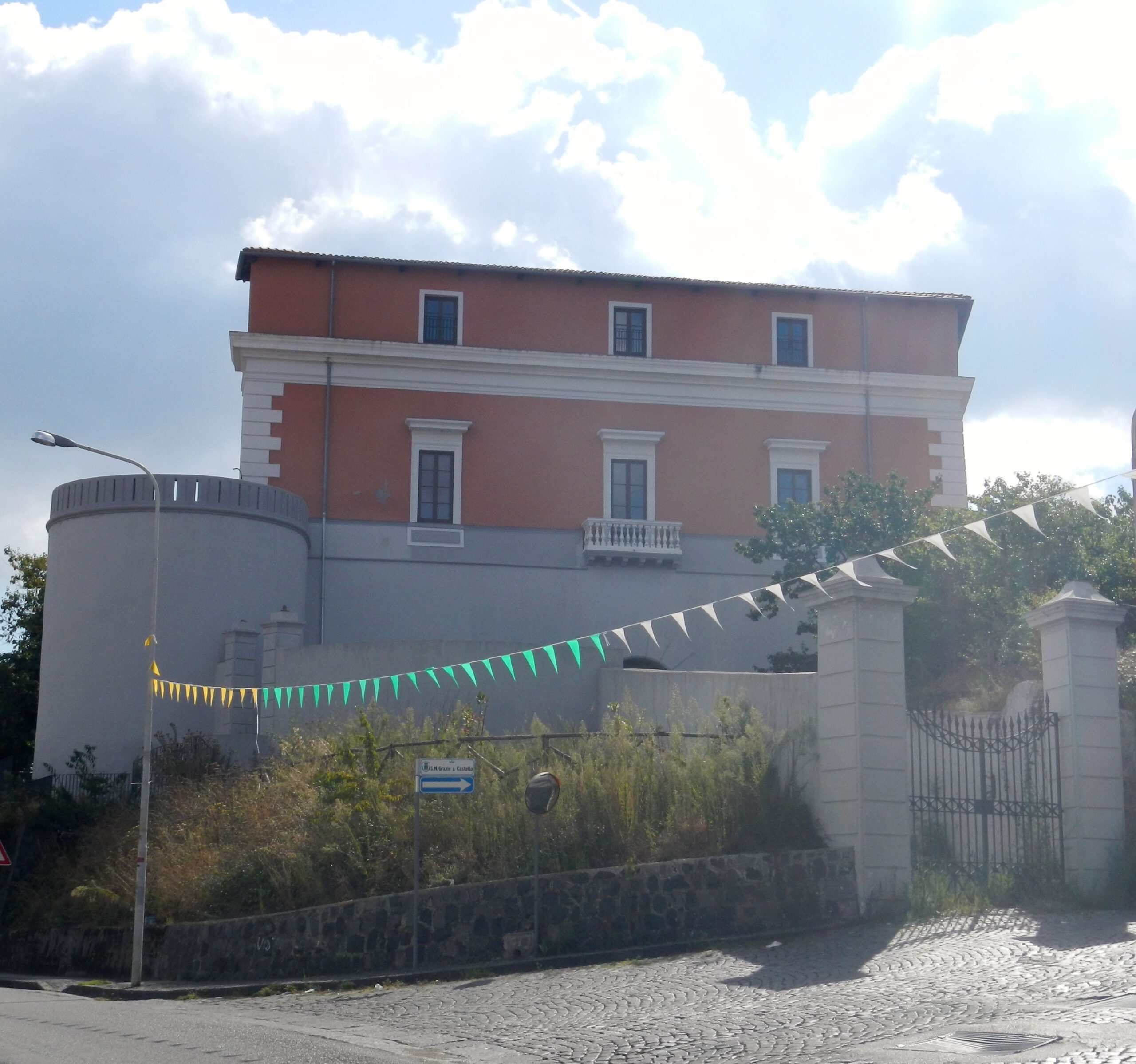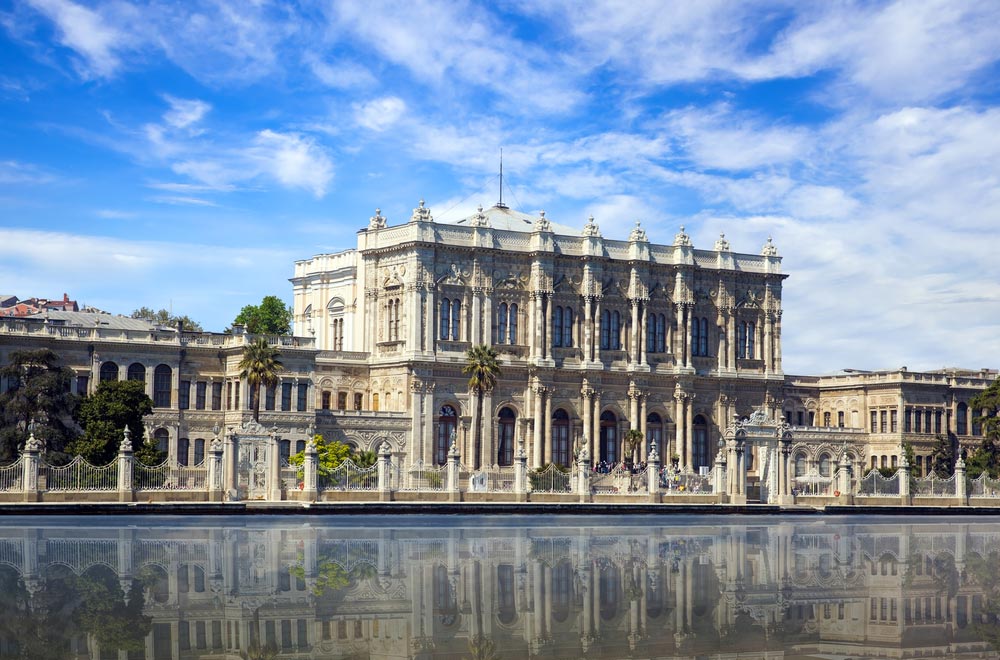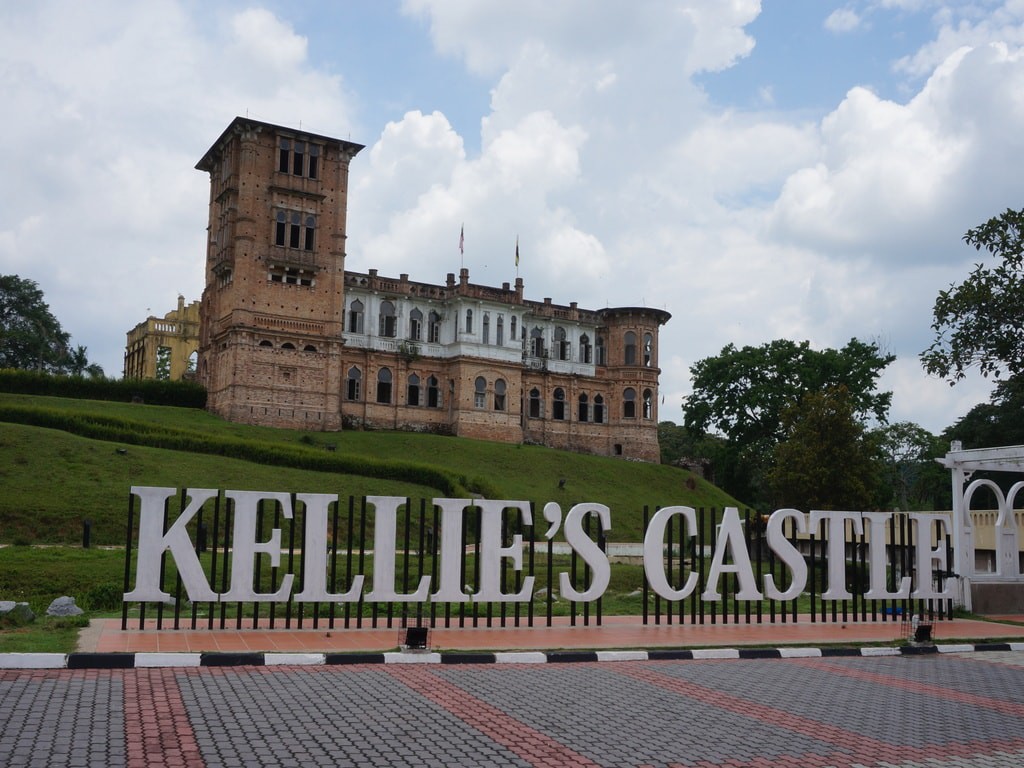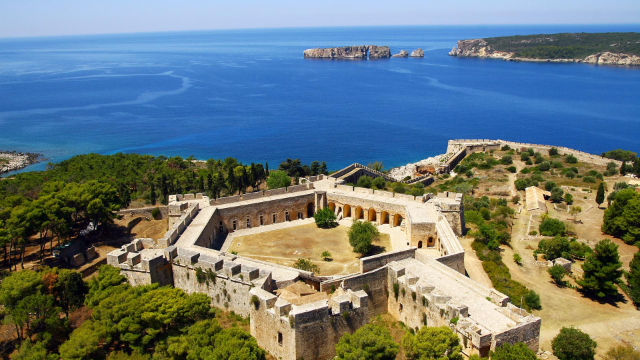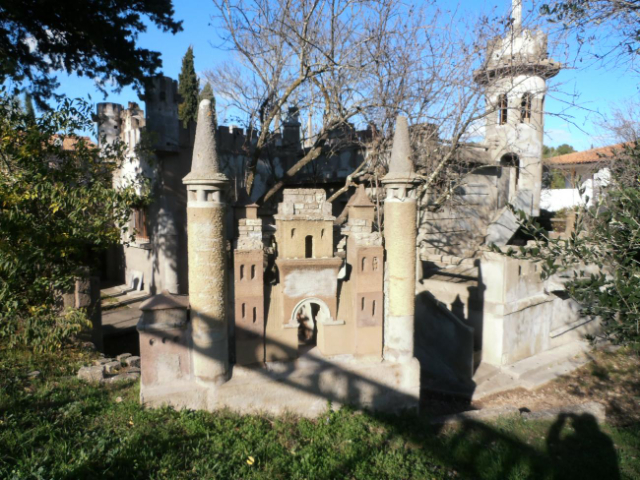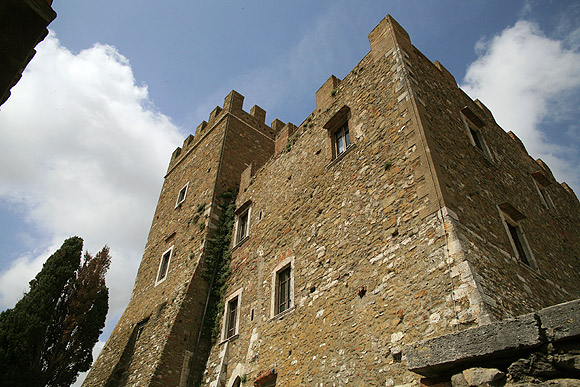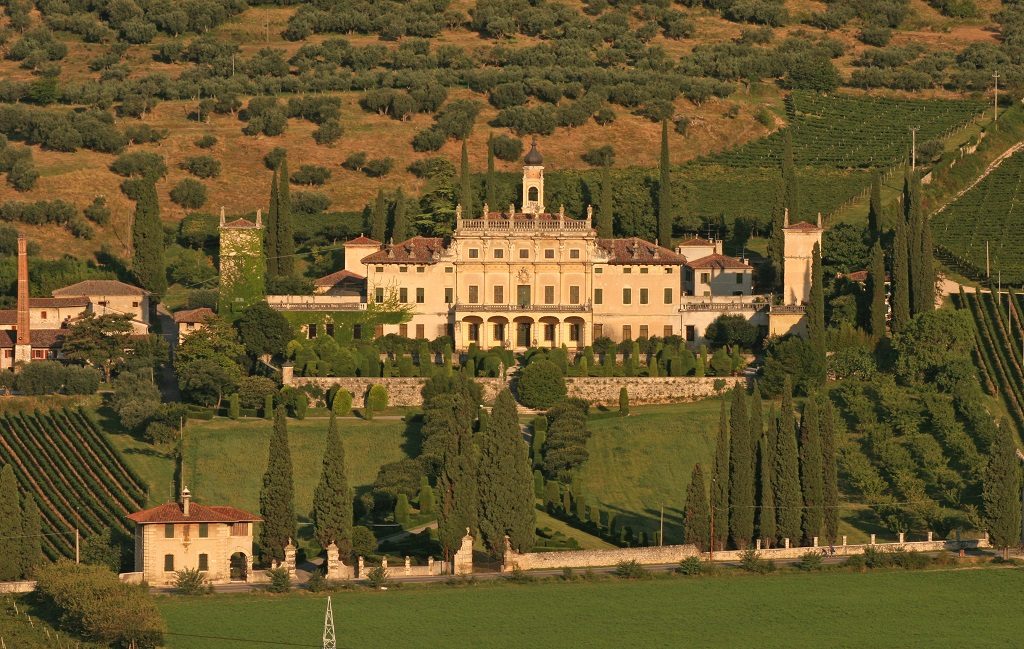The D’Alagno castle was built close to the city walls toward the south side near the upper gate called the Mountain gate. It rises 220 meters above sea level, has a quadrangular layout with round towers in the corners and covers an area of about 1,000 square meters, with a perimeter of about 160 meters. It can currently be reached through the Circumvallazione provincial road that passes right adjacent to the structure.
The castle is of Aragonese origin and was commissioned by Lucrezia d’Alagno, mistress of King Alfonso of Aragon, in 1458 when on the king’s death she settled in Somma to live there. Its location, built close to the historic center near one of the gateways to the village, dominates the entire area below. The castle’s architectural structure consists of four cylindrical towers on either side, two of which, in the entrance part, are now at a lower floor than the others. Over the centuries it has been given to various owners who have carried out some modifications and renovations, but they have never changed its original nature.
After various vicissitudes, when Lucrezia left Somma, the castle passed into the hands of other nobles of the time, who even then carried out restoration and fortification work, a sign of their assiduous presence and the importance attached to it.
For some time it belonged to Joan III of Aragon and her daughter Joan IV. In 1691 it was leased to Luca Antonio, Baron de Curtis of Naples. It was precisely in that manor that the "prince of laughter" uncovered the evidence that enabled him to prove his nobility.
The castle consists of a quadrangular layout and has circular towers in the four corners. The rooms are distributed around an inner courtyard that is accessed through the main gate located on the west side, in the center of the facade. The courtyard ends with an enclosing wall toward the east side that separates it from the rest of the agricultural estate. The staircase, located on the left side of the courtyard, preserves the original architectural features and ends at the second level. This floor, once used as a noble residence, has undergone major transformations over the centuries that have altered its internal distribution and formal aspects. After a long period of neglect, in which the damage was further accentuated, the architectural complex, purchased by the municipal administration, was given a public purpose aimed at placing cultural services there. The castle recently underwent structural consolidation prior to the final restoration that would bring it back to its former glory.
